The Marines need to invest in small boats for a big payoff
In this op-ed, Maj. Corey Jeske argues that the lack of investment in small boats is a liability for the Marine Corps in the Indo-Pacific.


US Marines with Amphibious Raids, Expeditionary Operations Training Group, and Battalion Landing Team 1/4, 31st Marine Expeditionary Unit, transport to shore during helocast training at Kin Blue Training Center, Okinawa, Japan, Oct. 30, 2024. (US Marine Corps photo by Lance Cpl. Gerardo Mendez)
It’s 2027. A Marine Littoral Regiment (MLR) is positioned deep in the First Island Chain, ready to support Joint Force operations in a contested Indo-Pacific. But something is wrong. People’s Liberation Army (PLA) ships, unmanned vessels, and maritime militia move confidently through key chokepoints, exploiting gaps in our coverage. The MLR is stuck, tethered to terrain, short on mobility, and unable to contest the maritime space it was designed to dominate.
It’s not a failure of strategy. It’s a failure of mobility. It’s a failure of imagination. And most critically, it’s a failure to invest in small boats.
As the Marine Corps modernizes to meet the demands of great power competition, it cannot ignore one of the most cost-effective, adaptable tools in the naval arsenal: small boats, defined as 65 feet or less in length. These vessels, manned and unmanned, legacy and next-gen, are the connective tissue between EABO theory and execution. Without them, the MLR will be operationally brittle and strategically incomplete.
The Marine Corps has made significant strides toward modernizing the force. It has embraced distributed operations, invested in long-range fires, and deployed MLRs in forward theaters. It has also been committed to platforms like the Medium Landing Ship (LSM), Multi-Mission Reconnaissance Craft (MMRC), and Long-Range Unmanned Surface Vessel (LRUSV). These are important assets — but they’re not enough.
Today, the Marine Corps maintains only a niche small boat capability, with approximately 300 Enhanced Combat Rubber Raiding Craft (E-CRRC), Rigid Hulled Inflatable Boat (RHIB), and Open Water Safety Craft (OWSC). Outside of MARSOC, reconnaissance battalions, and one company aligned with the 31st MEU, there is no broad institutional knowledge of small boat operations. Doctrine is fragmented. Training is sparse, limited to just two schools with fewer than two dozen instructors. And the Corps has only one Maritime Reconnaissance Company (MRC), which is still experimental. This is not a gap. It’s a liability.
The Indo-Pacific is vast, contested, and full of gaps. No single vessel will cover it all. The Marine Corps needs a high volume of small, flexible craft to move forces, provide ISR, deliver fires, and persist in the gray zone. The current inventory and procurement plan fall short of that need.
History has already validated the role of small boats in maritime conflict. During World War II, Patrol Torpedo (PT) boats harassed Japanese supply lines and conducted daring raids. The SEALORDS campaign used swift boats and PBRs to dominate riverine terrain in Vietnam. Even in Iraq, Marine Small Craft Companies conducted reconnaissance and fire support along the Tigris and Euphrates, exploiting terrain that armored vehicles couldn’t reach.
Much more recently, Ukraine has demonstrated what small, cheap, unmanned surface vessels can do against a peer adversary. Using low-cost drones like the Magura V5 and Sea Baby, Ukraine has sunk or disabled over a third of the Russian Black Sea Fleet. These platforms weren’t expensive; they were accessible, adaptable, and expendable. They turned the maritime balance not with brute force, but with creativity.
That’s the kind of innovation the Marine Corps needs. High-end conflict may call for exquisite capabilities, but affordability and scalability win in the gray zone and early stages of crisis. Small boats offer both.
The Indo-Pacific competition isn’t waiting for a declaration of war. PLA’s maritime militia already operates in the gray zone, conducting blockades, ramming maneuvers, and intimidation operations; all carefully calibrated to stay below the threshold of armed conflict.
Responding to this aggression with traditional military force risks escalation and fuels adversary narratives. However, small boats, equipped with Intermediate Force Capabilities such as acoustic hailing devices, entanglement systems, or non-lethal directed energy, can respond proportionally. They offer a visible presence, persistent deterrence, and escalation control.
Small boats also serve as campaign tools. They enable bilateral patrols, increase interoperability with regional partners, and allow Marines to train, advise, and operate alongside the Philippine Armed Forces, Japanese Self-Defense Forces, and others. In an era of strategic competition, these relationships are more than symbolic, they are operational enablers.
The solution is not radical. It is practical, scalable, and urgent.
- Expand Maritime Reconnaissance Companies (MRCs): Each MLR should have its own MRC, built around a standardized platoon structure capable of reconnaissance, surveillance, target acquisition (RSTA), and small-unit maneuver. This aligns directly with the MLR’s mission and enhances its ability to support the Joint Force.
- Embrace a High-Low Procurement Strategy: Exquisite platforms like the LRUSV have their place, but so do rugged, proven craft like RHIBs and coastal patrol boats equipped with legacy munitions. These vessels can be deployed in quantity, modified quickly, and replaced easily if lost.
- Preposition and Pulse Forward: Once procured, small boats must be forward deployed. Bilateral exercises, maritime training, and regionally aligned deployments will signal American commitment and enhance access in contested areas. This is especially vital for shaping Phase 0 operations.
The stakes couldn’t be higher. The Marine Corps is rightly pivoting toward the Indo-Pacific and the pacing challenge posed by the PLA. However, that pivot will fall short if we fail to invest in the connective platforms that give Expeditionary Advanced Base Operations real-world relevance.
Small boats will not replace submarines, destroyers, or aircraft. They don’t need to. Their value lies in complementing those assets, filling gaps, and expanding the battlespace, especially where larger ships can’t go or shouldn’t be sent.
The window to act is closing. If we fail to adopt and scale a small boat strategy now, we risk sending future MLRs into harm’s way without the tools they need to succeed. Worse, we risk signaling to our adversaries and allies that the United States is not serious about contesting the littorals.
Small boats deliver outsized returns. They are versatile, affordable, and indispensable. They aren’t glamorous, but they are necessary. And in the Indo-Pacific, necessity will be the mother of deterrence.
Maj. Corey Jeske, USMC, is currently a Marine Corps Command and Staff College student. He previously served as the Small Boat Raid Force Commander with the 31st Marine Expeditionary Unit and as the Director of Amphibious Raids at Expeditionary Warfare Training Group, Pacific.
The views presented are those of the author and do not necessarily reflect the policy or position of the U.S. Marine Corps, the U.S. Navy, or the Department of Defense.























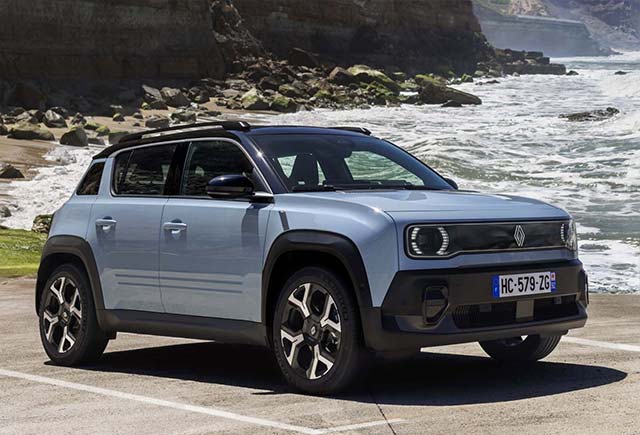




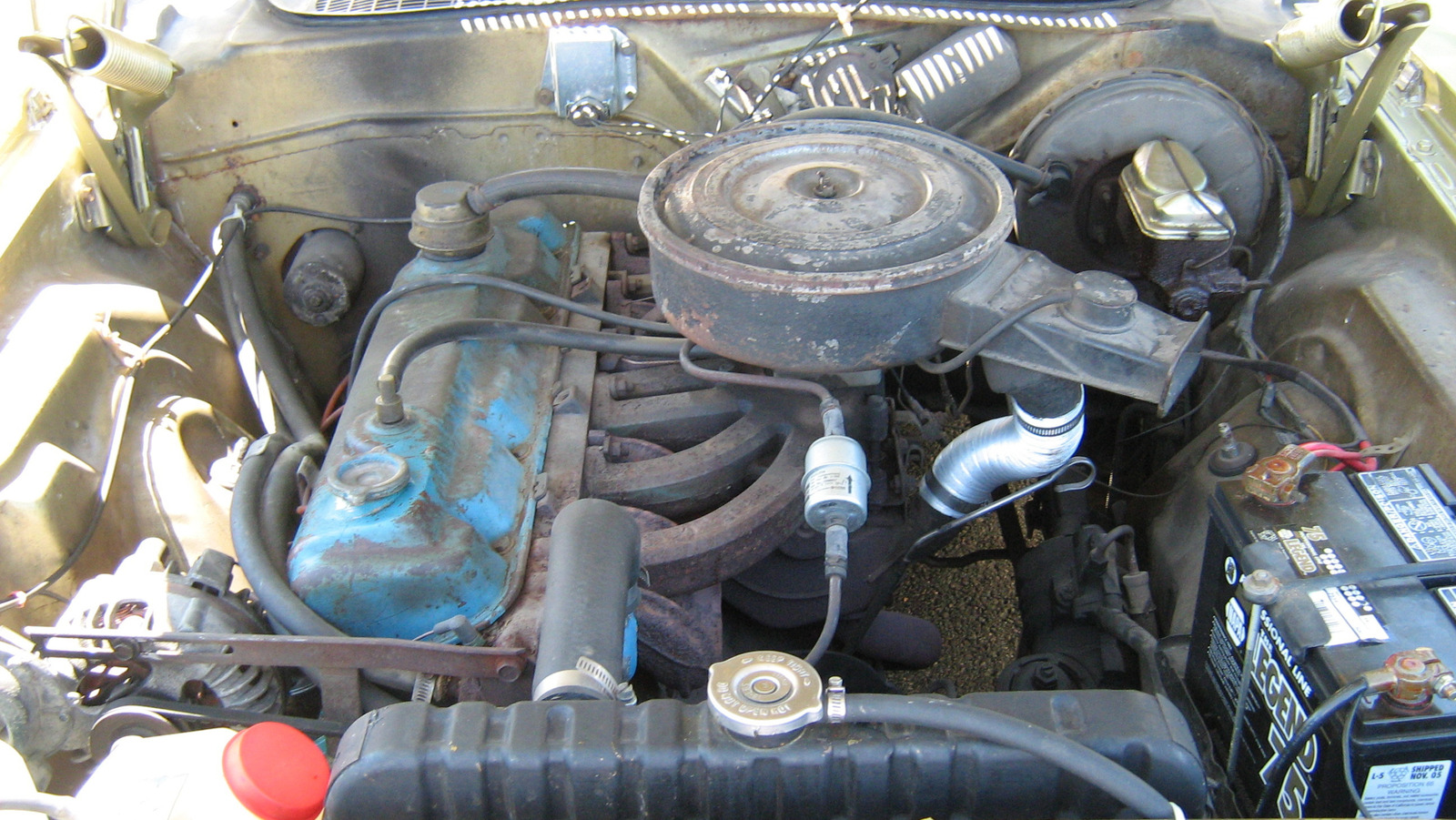







































































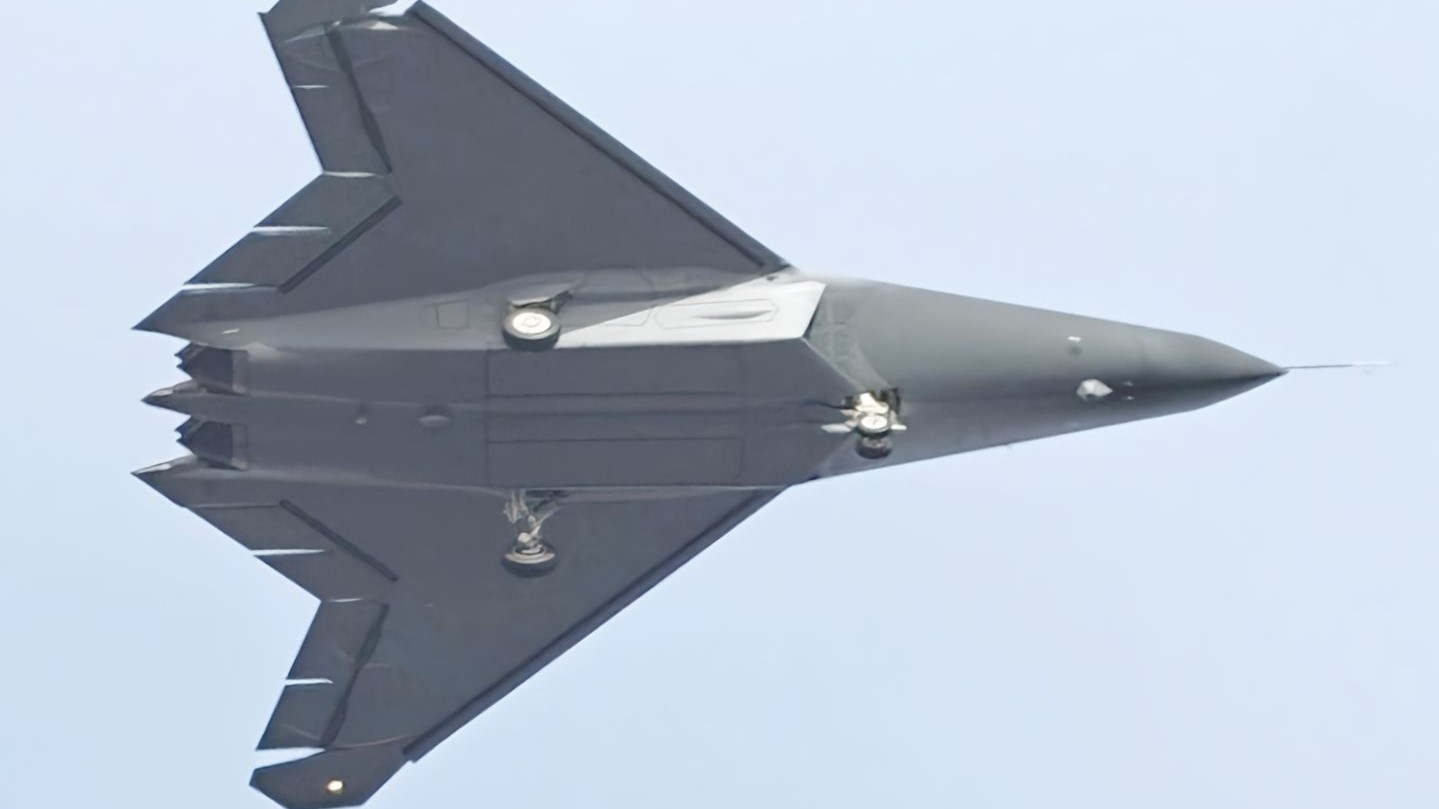
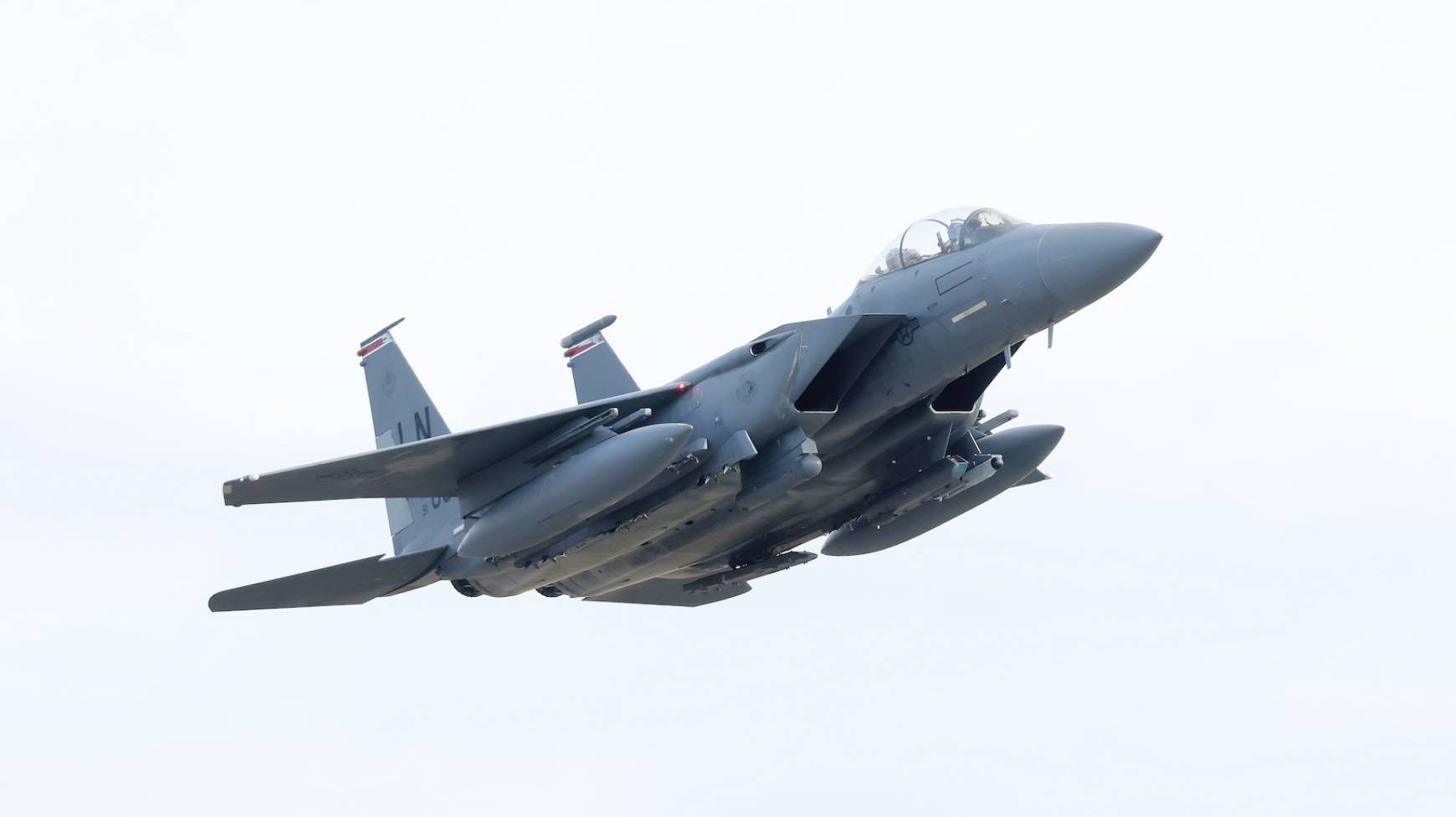
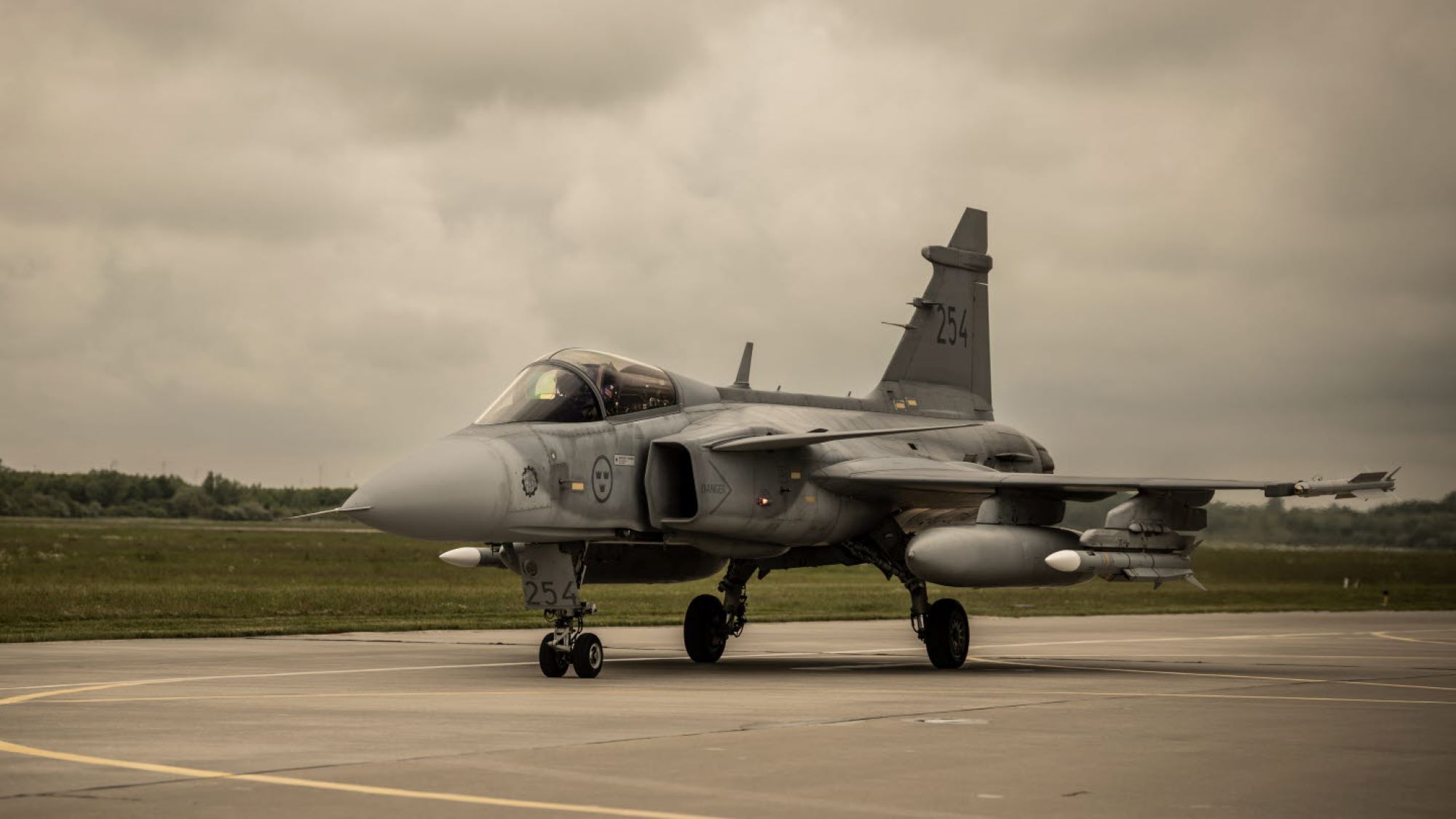
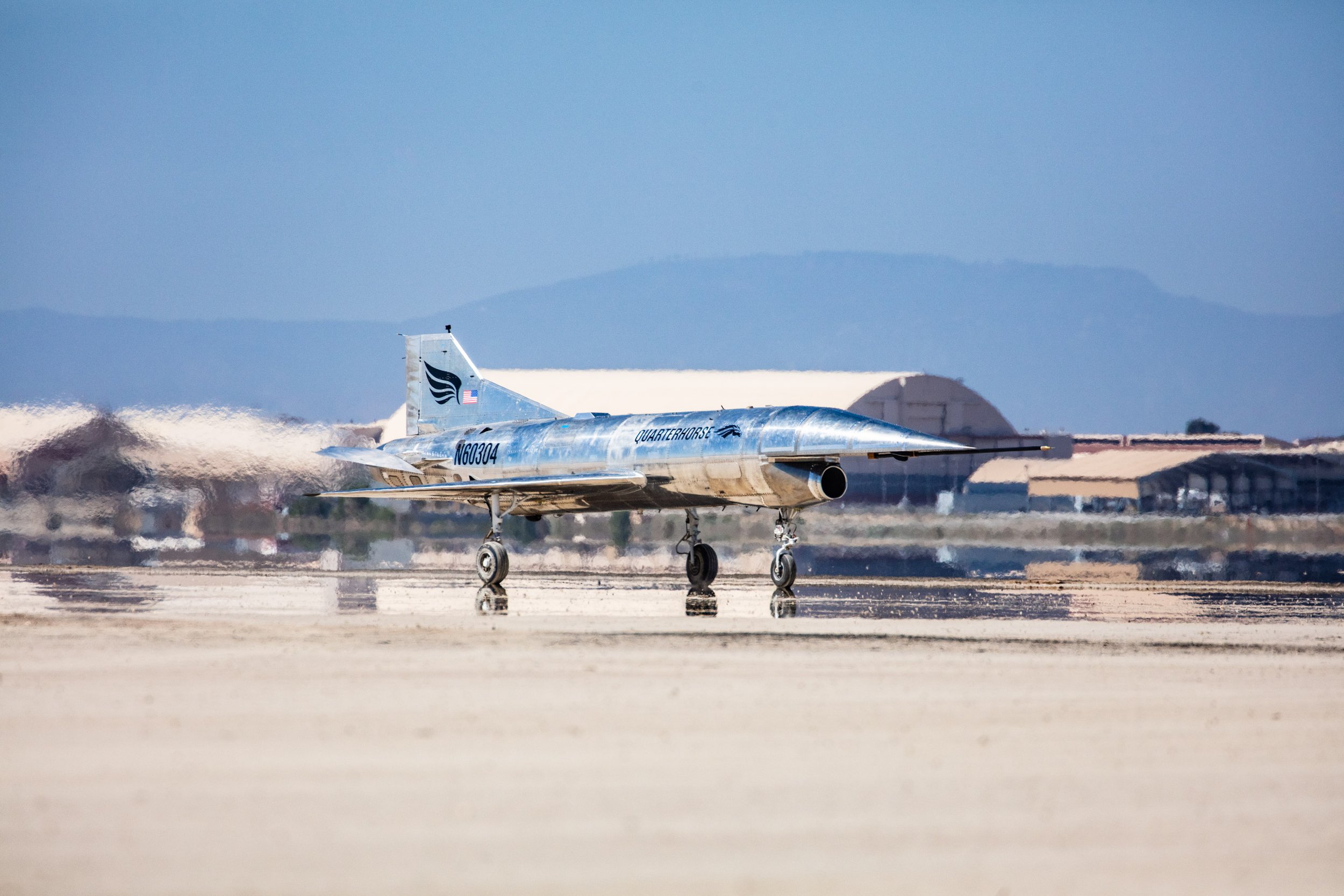




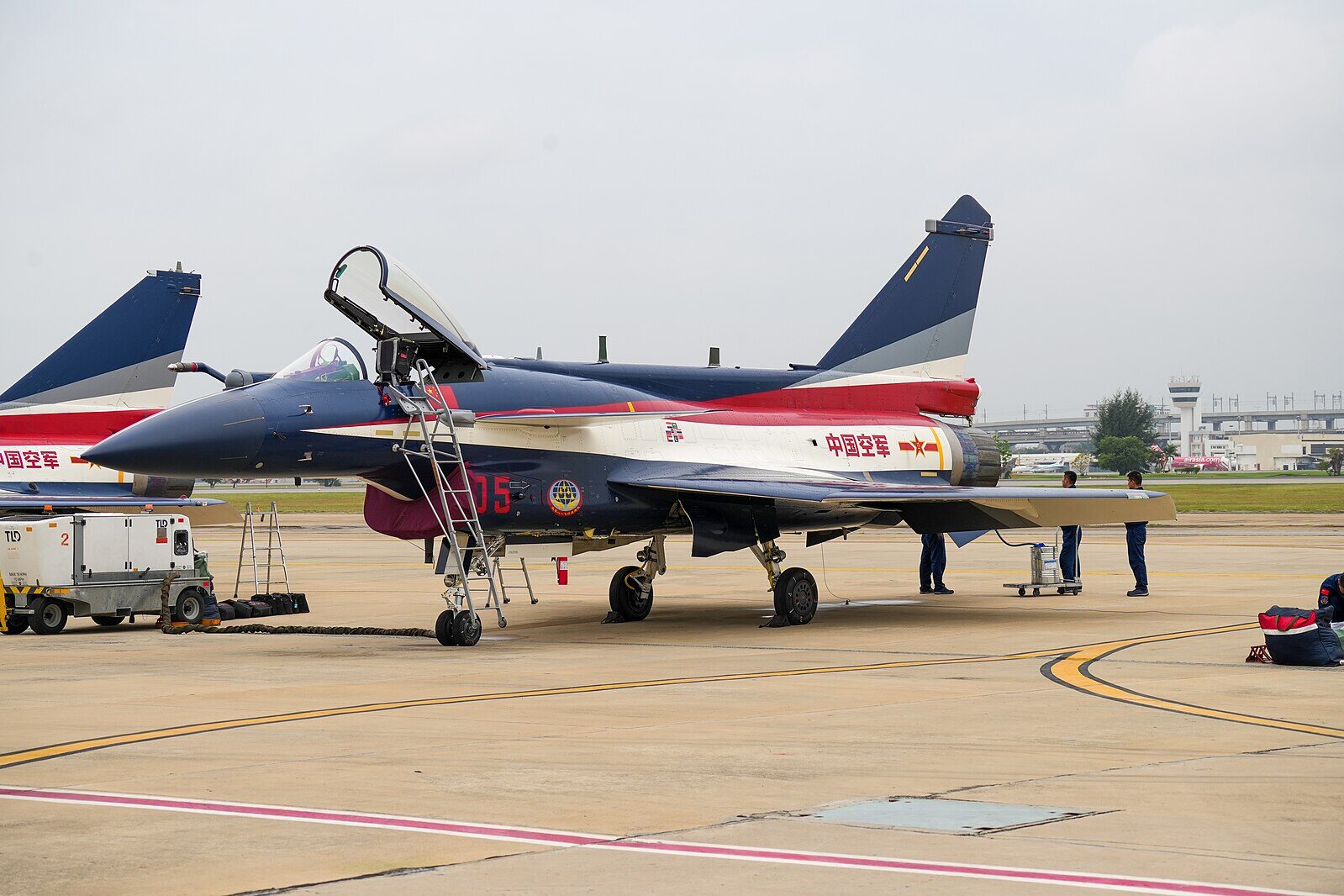

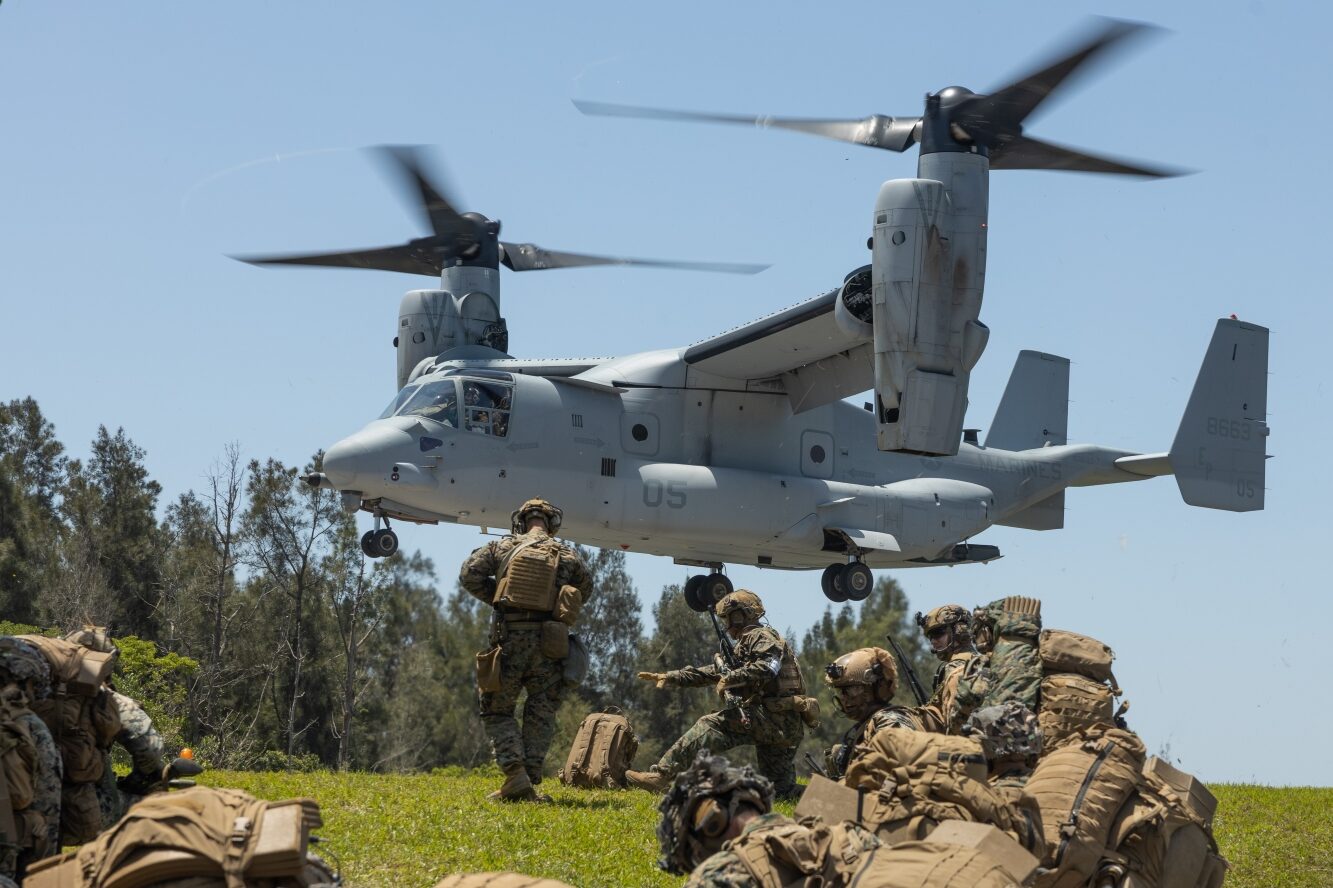
























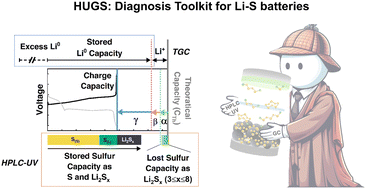






![The F-35’s future: The world’s most advanced stealth fighter and what comes next [Video]](https://breakingdefense.com/wp-content/uploads/sites/3/2025/03/8477353.jpg?#)


